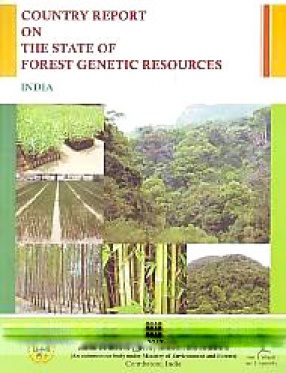
V Singh

Showing all 12 books
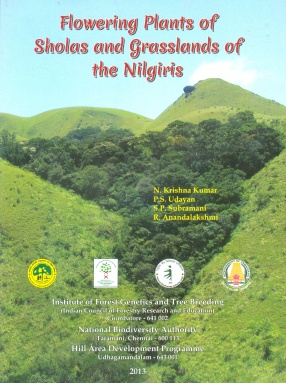
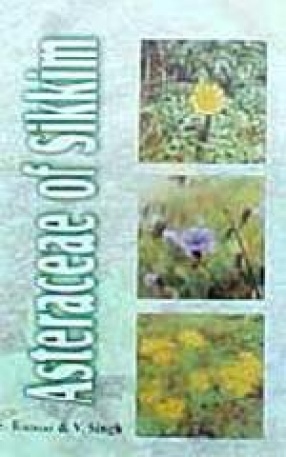




Flowering Plants of Sholas and Grasslands of the Nilgiris is a compendium that provides the basic information about the sholas and all known flowering plants occuring in sholas and grasslands. It is a total collection of 641 taxa including 573 species, 16 subspecies, 51 varieties under 366 genera and 112 familites. They are arranged in Family wise alphabetically. Photographs of representative species are arranged in 70 Plates. For each species, after the correct ...

The present monograph on Indian subtribe Cassiinae deals with 62 taxa belonging to genera Cassia L. (8 species), Chamaecrista Moench (11 species) and Senna Mill. (43 species). Besides adopting correct valid names for the Indian plants and providing almost full synonymy, the description provided is based on personal observations of the author. Phenological data along with ecological notes and gardening methods have been provided to almost all taxa. Information ...

The book on Asteraceae of Sikkim deals with taxonomic account of more than 300 taxa falling under 84 genera of this second largest family represented from tropical to alpine regions of the state. The details of nomenclature, descriptions, flowering and fruiting time, distribution and key for identification of species and genera along with suitable notes are provided in the text. The book has 20 colour photographs and thirty illustrations representing various taxa ...

The present monograph on Indian Leucas R.Br. (Dronapushpi) deals with 50 taxa (40 species and 10 varieties). Besides adopting correct valid names for the Indian plants and providing almost complete synonymy, the description provided is based on personal observations of the author on the specimens obtained from different parts of the country. Phenological data along with ecological notes have been provided to almost all taxa. Distributional information about the ...

More than 2000 species of vascular plants play a vital role directly or indirectly in the economy and subsistence of about 42 lakhs population of tribals of the State of Rajasthan. In this book 610 species have been dealt with which are used by the tribals for food, fodder, timber, fire-wood, tannin, dye, oil, fibre, medicine, alcohol, gum and resin etc. Besides the plants which find place in totems and taboos, the plants used in magico-religious beliefs, ...

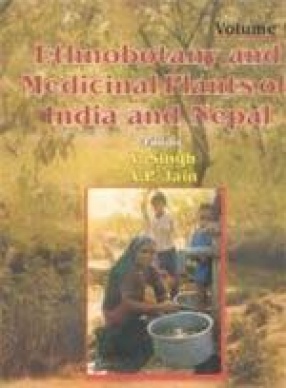

The present book on the Biodiversity of Desert National Park deals with 245 species of higher plants and 270 species of animals. Besides geographical position and topography, the abiotic components viz. geology, soils, water, climatic conditions, which determine the composition of biota in an ecosystem, have been discussed in details. Correct and valid names have been adopted for the floral and faunal elements along with local and English names. The keys have ...
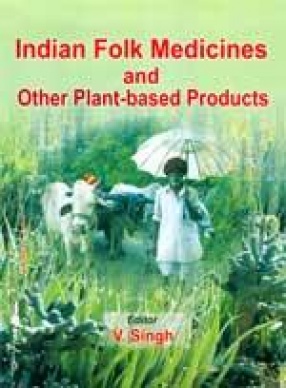
The knowledge of medicinal plants can be traced back from Vedic period. The Rigveda and Atharvaveda, which date back to ca 2000-1000 BC, and several post Vedic treatise, viz. Charak (Carak) Samhita (ca 100 AD), Sushruta Samhita (ca 8000-900 AD), Ashtanga Hridiyam Samhita (ca 700 AD), Dravyaguna Sangrah (ca 1060 AD), Shodal Nighantu (ca 1374 AD), Raj Nighantu (ca 1600 AD), Bhava Prakash Nighantu (ca 1600 AD), Rajballah Nighantu (ca 1760 AD), etc. are ...
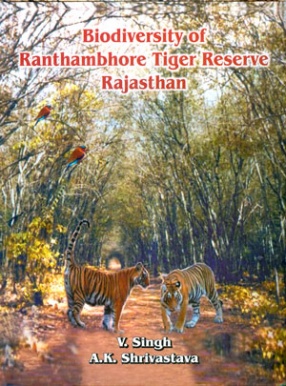
The present book on the Biodiversity of Ranthambhore Tiger Reserve deals with 539 species of higher plants and 361 species of animals (vertebrates). Besides geographical position and topography, the abiotic components, viz. geology, soils, water, climatic conditions etc, which determine the composition of biota in an ecosystem, have been discussed in details. Correct and valid names have been adopted for the floral and faunal elements along with local and English ...
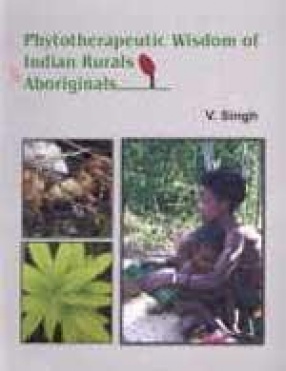
The book mainly deals with medicinal plants being used by aboriginal and rural communities in India for the treatment of various ailments through their traditional and endemic prescriptions. About 48 articles on the subject have been contributed by the expert ethnobotanists from different parts of the country. Information about ethnobotanical uses, especially ethnomedicinal uses, is claimed to be original by the authors which is obtained by them from tribal ...
